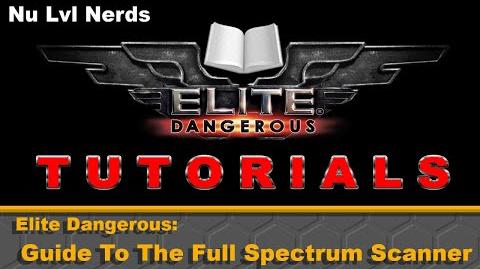I have just started exploring. I keep coming across systems that are one or more stars and nothing else. If I use the discovery scanner it will give me the amount of bodies in the system, but if I then switch to the system map I don't see anything other than the main star(s). Right now I have parked in a system that is just one star, but according to the d-scanner there should be 7 bodies.
Have I gotten something wrong about how this works? I figured that maybe I need to fly out a bit more, but where to? Without anything to target I'm more likely to fly away from something interesting.
Tricky, you're bang on course, in terms of exploration and learning.

"Honking" - using the Discovery Scanner - upon arrival is the first step. The reason you don't see other bodies in the map is because they haven't been mapped - you've found a completely new system.

Mapping a system is a 3-step process. By honking, you've completed the first step.
Step 2 is to use the FSS - the Full Spectrum Scanner. You may need to set it up in your controls if you haven't used it before.
It will give you the total number of bodies and signals in that system for you to find. You slew the FSS around the system, identifying bodies, matching their waveforms and zooming in. It takes time, but when you're done you will have precise information regarding the type, makeup and orbit of every body in the system. Taking that back to UC will net you the credits
and discovery credit for the system.
Step 3 requires a Detailed Surface Scanner - it is the longest and hardest part. You need to fly to each body in the system and 'probe' - launch probes from the DSS - them, until you've mapped the entire world. Small moons may need as little as 2 probes, some gas giants can require nearly thirty, and Rings require their own.
It's tedious, but fun - and when you find geo and bio sites, you can drop down and explore them for fun and minerals.

Cheers!

